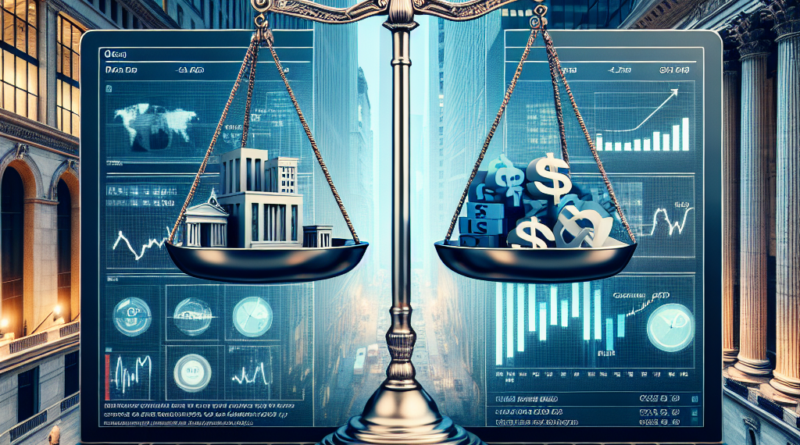Corporate Bonds vs. High Yield: Which Investment is Better in USD?
“`html
The Fed’s Rate Cuts and the Bond Market’s Appeal
The recent decision by the Federal Reserve to cut interest rates has sparked a renewed interest in USD-denominated bonds, particularly in terms of their future performance potential as prices rise.
Investors now face a wealth of options: Should they consider U.S.
Treasury securities or government bonds from other nations? Are high-rated corporate bonds more appealing than high-yield options with medium or low ratings? The comparisons could even extend to various niches within the bond market.
Evaluating Corporate Bonds
Today, we delve into the realm of corporate bond offerings, where yields historically exceed those of government securities.
This outperformance is worthy of consideration, but it’s crucial to account for two significant factors: the EUR/USD exchange risk and the liquidity of these bonds on the Italian Stock Exchange, where offerings are decent yet far less abundant than, for instance, the Frankfurt Stock Exchange.
Corporate Bonds in Strong Demand
Corporate bond markets have experienced exponential growth in recent years due to three primary factors: the ultra-low interest rates during the Fed’s expansive phase encouraged companies to tap into capital markets; traditional banking avenues often turned away companies due to unfavorable conditions; and market demand has surged tremendously.
Current Yield Comparisons
Since the beginning of this year, the yield spread for top-rated AAA corporate bonds over ten-year U.S.
Treasuries has increased slightly to 0.4%, with an average yield around 4.1%.
However, only two U.S.
companies—Microsoft and Johnson & Johnson—have retained the coveted AAA rating.
Apple trails slightly with an Aaa from Moody’s and AA+ from S&P.
Understanding Default Risks
When discussing high-yield bonds, many investors rightly highlight the heightened risk of defaults.
However, the current default rate sits at just 2%, compared to a historical average of 3.4% over the past 25 years.
It is important to note that while lower interest rates will ease financing conditions, any downturn in the U.S.
economy could increase uncertainties.
Five Corporate Bond Selections
On the Italian Stock Exchange, the availability of corporate bonds across these categories is satisfactory, albeit with limited liquidity.
Below are five notable selections:
- AAA – Microsoft 3.7% due August 2046: Isin US594918BT09, minimum cut $2,000, trading around $90, bid-ask spread of 70 bps.
- AA – Apple 4.25% due February 2047: Isin US037833CH12, minimum cut $2,000, trading around $95.50, bid-ask spread of 40-50 bps.
- BBB+ – General Electric 4.125% due October 2042: Isin US369604BF92, minimum cut $2,000, trading around $90.50, bid-ask spread of 80 bps.
- BBB – General Motors 6.6% due April 2036: Isin US37045VAK61, minimum cut $2,000, trading around $110, bid-ask spread of 50 bps.
- BB+ – Ford 4.75% due June 2043: Isin US345370CQ17, minimum cut $2,000, trading around $85.50, bid-ask spread of 20 bps.
Such selections aim to indicate the most liquid issues from each issuer without venturing below the BB+ rating to avoid designating higher-risk high-yield bonds.
ETFs as an Alternative Investment
Another excellent approach to investing in the U.S.
corporate sector is through ETFs, which provide a diversified range of products on the Italian Stock Exchange, including those that distribute dividends and those that reinvest them.
This type of asset deserves serious consideration as an alternative investment option.
Conclusion: Corporate vs.
High-Yield Bonds
Ultimately, when considering long-term horizons, opting for higher-rated corporate bonds may mitigate risks associated with potential defaults over several years while positioning for potential capital appreciation.
Disclaimer
The information and opinions contained in this article should not be used as the sole basis for making investment decisions.
Readers maintain full discretion in their investment choices and bear complete responsibility, as they are aware of their own risk tolerance and time horizon.
This article is for informational purposes only and does not constitute an offer or solicitation for public savings.
“`




